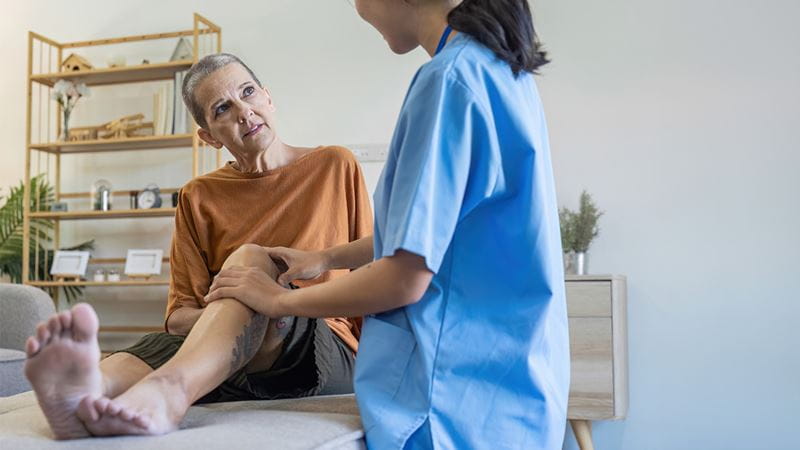Blog article
Is a gastroscopy always necessary for people under 55 with indigestion?

While it can be unpleasant, in younger people most cases are harmless and don’t require invasive tests like a gastroscopy (endoscopy). However, some patients undergo this procedure unnecessarily, exposing themselves to medical risks and costs without real benefit.
So, when is a gastroscopy truly needed? Let’s break it down.
What is indigestion, and what causes it?
While the main symptom of indigestion is discomfort or pain in the chest, other symptoms can include:1
- Bloating
- Nausea
- Heartburn
- Regurgitation of food
- Feeling overly full after eating
- Belching
Common causes of indigestion include:1
- Eating too much or too fast
- Spicy, greasy, or acidic foods
- Alcohol, caffeine, or fizzy drinks
- Smoking
- Certain medications
- Conditions like acid reflux, gastritis, stomach ulcers, or food intolerances
- Hiatus hernia (when part of the stomach moves up into the chest)
- Stomach cancer (rare)
Is indigestion something to worry about?
For most younger people (under 55) without other concerning symptoms, indigestion is usually due to minor issues like acid reflux or gastritis – not something serious like stomach cancer. A major review found that 70-80% of people with dyspepsia had no serious findings after testing.2
How is indigestion managed?
If there are no red flag symptoms (detailed in the next section), it’s recommended to start with lifestyle changes and medications instead of invasive procedures like a gastroscopy.3
Recommended strategies include:
- Eat smaller, more frequent meals
- Slow down while eating
- Avoid trigger foods (fatty, spicy, acidic)
- Stop eating 3-4 hours before bedtime
- Maintain a healthy weight (even small reductions can make a massive difference4)
- Limit alcohol and caffeine
- Quit smoking
- Review medications with your doctor to check for side effects
If these changes don’t help, a short course of proton pump inhibitors (PPIs) like omeprazole or esomeprazole (which reduce stomach acid) may be prescribed for 4-8 weeks. These approaches are recommended as first-line treatment, and for up to 60% of people, symptoms improve without needing any further therapy.3
If symptoms persist, testing for Helicobacter pylori (a bacteria linked to stomach issues such as chronic gastritis and stomach ulcers) might be undertaken.3
When is a diagnostic gastroscopy necessary?
A gastroscopy may be needed if indigestion doesn’t improve with treatment or if any of the following red flag symptoms are present:5
- Ongoing upper abdominal pain
- Pain or difficulty swallowing
- Frequent vomiting (or vomiting blood)
- Unexplained weight loss or loss of appetite
- Chronic diarrhoea
- Signs of internal bleeding (e.g., black stools)
- Unexplained anaemia (low iron levels)
- Pre-existing conditions that increase cancer risk
Why should I be avoiding an unnecessary gastroscopy?
Although gastroscopy is generally very safe, it isn’t risk-free. Complications, when they do occur, can be very serious, and include:5
- Reactions to sedation (affecting the heart or lungs)
- Infection (rare)
- Bleeding or a small tear (perforation) in the digestive tract
A gastroscopy is also a resource-intensive procedure, requiring specialist equipment and trained staff. Overuse means fewer appointments are available for people who genuinely need it.
Choosing Wisely, an initiative supported by the Australian Government, encourages people to ask their doctors whether a test or procedure is truly necessary. Being informed helps you avoid unnecessary interventions and focus on treatments that genuinely improve your health.
If you're unsure whether you need a gastroscopy, talk to your GP about your options.


